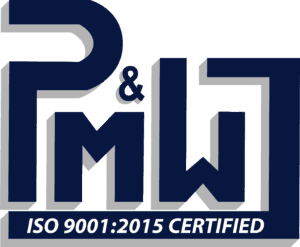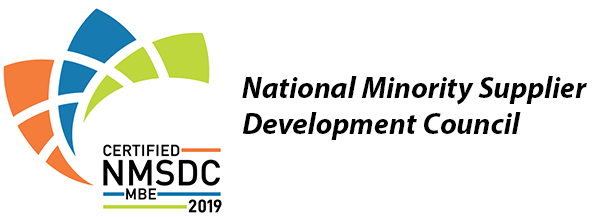Equipment downtime can be a significant headache for any industrial operation, leading to lost productivity, revenue, and customer dissatisfaction. Implementing a robust preventive maintenance program is key to reducing unexpected breakdowns and keeping your machinery running smoothly. By proactively addressing potential issues before they escalate, you can minimize downtime and maximize the efficiency and lifespan of your equipment.
The Benefits of Preventive Maintenance
Preventive maintenance involves regularly scheduled inspections, cleanings, adjustments, and component replacements to prevent equipment failure. By staying ahead of wear and tear, you can enjoy several benefits:
- Increased Reliability: Regular maintenance helps identify and address minor issues before they become major problems, reducing the risk of unexpected breakdowns.
- Extended Equipment Life: Proper care and maintenance can prolong the lifespan of your machinery, saving you money on premature replacements.
- Improved Safety: Well-maintained equipment is less likely to malfunction, reducing the risk of accidents and injuries in the workplace.
- Cost Savings: Preventive maintenance is often more cost-effective than reactive repairs, as it helps avoid costly emergency service calls and downtime.
Key Components of a Preventive Maintenance Program
For a preventive maintenance program to be effective, it should include the following components:
- Scheduled Inspections: Regularly inspect all equipment for signs of wear, damage, or inefficiency.
- Lubrication: Ensure that moving parts are properly lubricated to prevent friction and wear.
- Cleaning: Keep equipment clean to prevent debris buildup that can impede performance.
- Calibration: Regularly calibrate sensors and instruments to ensure accurate readings and optimal performance.
- Component Replacement: Replace worn or damaged parts according to the manufacturer’s recommendations.
Implementing a Preventive Maintenance Program
When implementing a preventive maintenance program, consider the following best practices:
- Document Everything: Keep detailed records of maintenance activities, including dates, tasks performed, and any issues found.
- Train Staff: Ensure that your maintenance team is properly trained on equipment maintenance procedures and safety protocols.
- Use Technology: Consider using maintenance management software to schedule tasks, track maintenance history, and generate reports.
- Regularly Review and Adjust: Continuously evaluate the effectiveness of your preventive maintenance program and make adjustments as needed to improve performance.
By investing in preventive maintenance, you can proactively protect your equipment investment, minimize downtime, and ensure the smooth operation of your facility. Don’t wait for a breakdown to disrupt your operations—take control with a comprehensive maintenance plan today.
For expert guidance on setting up a preventive maintenance program for your industrial equipment, contact The Pump & Motor Works, Inc. at https://pmwus.com/contact.



